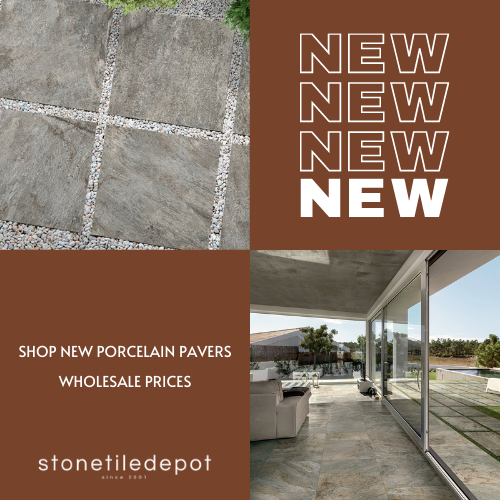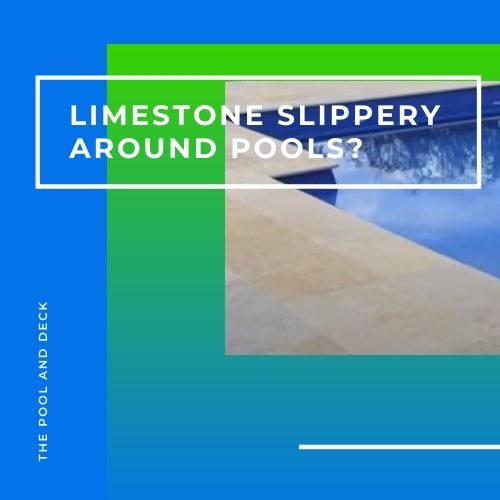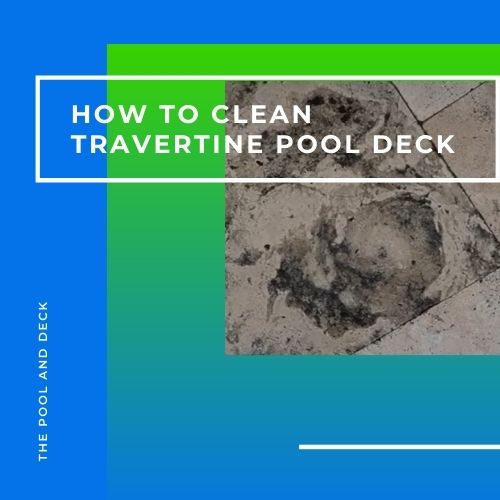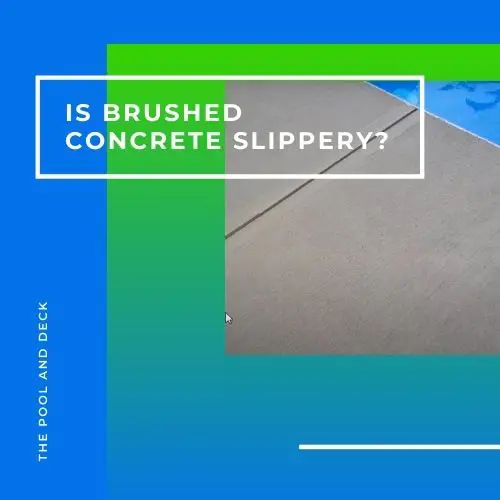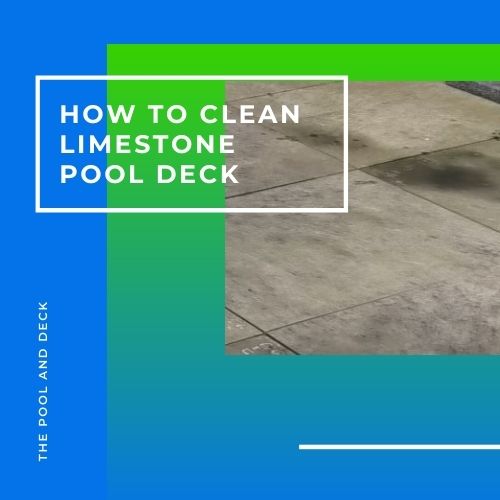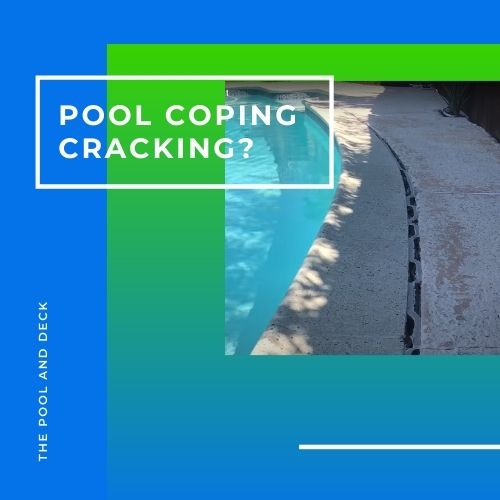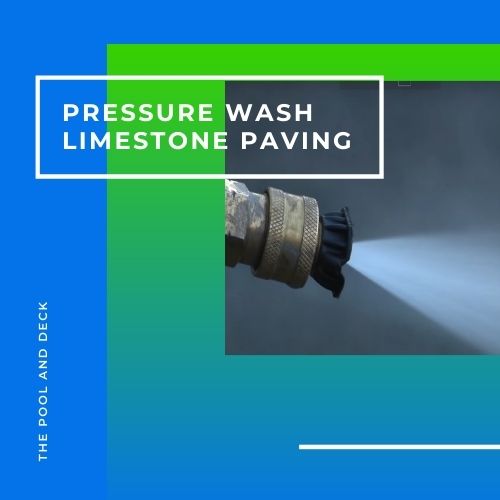Does Limestone Get Hot in the Sun? (How to Make Decks Cooler!)
thepoolanddeck.com is a participant in the Amazon Services LLC Associates Program, an affiliate advertising program designed to provide a means for sites to earn advertising fees by advertising and linking to Amazon.com . The website is also an affiliate of a few other brands. The affiliate links never increase your purchase price. We do appreciate your support. Thank you very much!
Table of Contents
Does Limestone Get Hot in the Sun?
Do you want your new pool or a resurfaced pool deck to have a specific architectural look? Classic or contemporary; Limestone pavers work extremely well with any style. Limestone has an elegant, warm, enduring look that will win your heart. But what about your bare feet? Does Limestone get hot in the sun?
Limestone pavers do not get as hot in the sun as concrete pavers or even high end marble or granite pavers. Limestone is a sedimentary stone, rich in calcite. The layered structure and high calcite content keeps the “specific heat capacity” higher than grainy, crystalline stones.
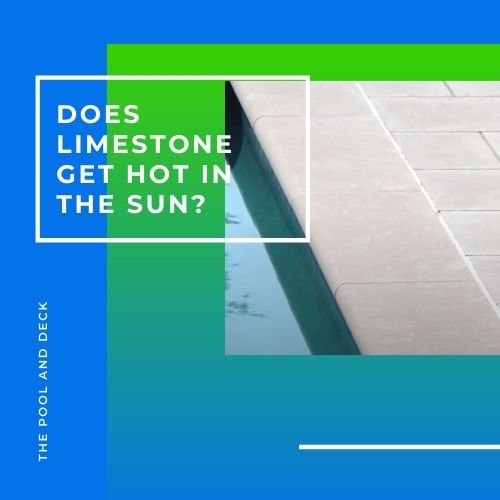
Limestone pavers are an excellent choice for pool surrounds and decks:
Limestone Has Amazing Looks
Don’t you want your guests to go “Wow!” when they step on your patio or pool deck? Limestone pavers will add a touch of coziness, character and class to your entertainment space.
Limestone pavers let you build the pool deck of your dreams!
Limestone Is Not Slippery When Wet
Most pavers become slippery when wet, due to “hydroplaning”. A thin film of water forms between the paver and the soles of your feet. Result; You slip!
Limestone pavers are porous. They absorb the water and prevent the water film from forming.
Limestone Does Not Get Too Hot In The Sun
Limestone pavers have a “specific heat capacity” that is lower than travertine but higher than marble & granite. Higher the “specific heat capacity”, lower the temperature rise, when exposed to direct sunlight.
Read on for more details on this property and tips on how to make limestone decks even cooler!
Limestone Is Cheaper Than Marble Or Granite
Paving a pool deck with Limestone is certainly more expensive than building a concrete pool deck. Limestone is also more expensive than travertine. But it is not as expensive as some of the luxury natural stones like marble or granite.
Limestone pavers allow you to get a perfect balance between cost & looks!
Is Limestone the Same as Travertine?
Limestone is a natural sedimentary stone, rich in calcite. Like limestone, travertine is also a natural sedimentary stone, primarily composed of calcite.
The difference between the two is that the calcite source of limestone is from biological activity, while the calcite source of travertine is from volcanic activity.
Limestone was formed when shells of marine creatures got compressed by the earth above.
Travertine was formed by the rapid precipitation of calcite, when rivers and springs, especially mineral and hot springs, evaporated.
Both limestone and travertine have similar composition and properties. Both have been used in historic buildings for centuries.
The Acropolis of Athens in Greece is made from limestone, while the Colosseum of Rome in Italy is constructed mostly of travertine.
Limestone has a higher (16,680 psi) compressive strength than travertine (11,600 psi), but both are significantly softer than granite. Granite (25,400 psi) is pretty much at the top end of the scale, when it comes to hardness.
DATA SOURCE: COMPARE ROCKS
In comparison, concrete pool decks have a compressive strength of only 3,500 to 4,000 psi.
The outstanding features of both limestone and travertine is that both are porous. This makes them ideal pavers around the pool as they are not too slippery when wet.
Specific Heat Capacity of a decking material that is exposed to direct sunlight, is another important physical property to consider when choosing outdoor pavers.
What Is Meant by Specific Heat Capacity?
The specific heat capacity is defined as the quantity of heat (J) absorbed per unit mass (kg) of the material when its temperature increases 1 K (or 1 °C), and its units are J/(kg K) or J/(kg °C).
ScienceDirect
The specific heat capacity is intrinsic to the material. It depends on both the chemical composition and physical structure of the material.
Generally speaking, higher the Specific Heat Capacity, lower will be the rise in temperature, under the same sunlight conditions. The pool does not become too hot for swimming, even in summer, because water has a very high specific heat capacity.
A pool decking material with higher specific heat capacity will get less hot as compared to the one that has a lower specific heat capacity.
The specific heat capacity of some common paving material is given in the table below:
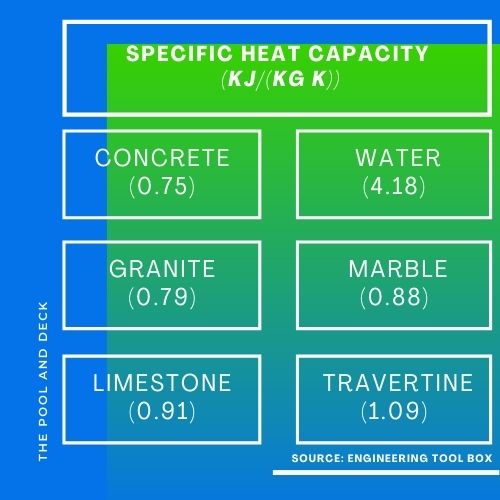
Data Source: Engineering Tool Box
Concrete & Water Specific Heat Capacity is mentioned so that you can put the paving materials in perspective.
As you can see, the Specific Heat Capacity of Limestone (0.91) is midway between Concrete (0.75) and Travertine (1.09). Limestone will get less hot under the sun compared to concrete, granite, marble, etc. but more hot than Travertine.
How to Make Limestone Decks Cooler?
It is possible to make your Limestone pool decks cooler by incorporating some of the tips below:
Texture (Smooth vs Rough)
The smoothness or roughness of the Limestone paver plays a role in how much of the sunlight is absorbed by it. The sun is the hottest during the afternoon as the rays hit the deck vertically.
The entire surface of a smooth Limestone paver or tile is exposed to light. Most of the light energy is absorbed and converted to heat energy.
Textured Limestone pavers & tiles absorb less of the light as part of it gets diffused and reflected.
Using Limestone pavers with a rough finish will make your deck less hot in the sun. Here are some beautiful finishes that you can consider:
- Tumbled
- Flamed
- Brushed
- Sandblasted
- Bush Hammered
These finishes are great for limestone pool coping too!
Color (Light vs Dark)
Limestone is available in a wide range of earth colors, even more than travertine. Limestone colors can range from pastels such as Near Pure White, Beige, Gray to deep tones of Blue, Yellow and Rust.
Choosing a lighter shade of Limestone paver or tile will make it less hot under the blazing sun. Why? Because light colors reflect most of the sunlight while dark colors absorb most of the sunlight.
It stands to reason that a light colored Limestone pool deck would get less hot than a dark colored Limestone pool deck.
Shade
In many pool deck designs, part of the deck is under shade. The shade could be natural, such as from trees or the shadow of the main house. Or you could add shade to a part of the deck by
- Patio Umbrella
- Cantilever Umbrella
- Retractable Awning
- Pergola
- Gazebo
Check out Grand Patio Deluxe NAPOLI 11 FT Curvy Aluminum Offset Umbrella, Patio Cantilever Umbrella with Base from Amazon
Footwear
You do not have to be barefoot on the pool deck. Actually wearing appropriate footwear adds to both safety and comfort. Wear water shoes, aqua socks or just water resistant non-slip sandals.
Speedo, the trusted name in performance swimwear, has an excellent and stylish range of water shoes. Check them out:
For the Ladies: Speedo Women’s Water Shoe Surfwalker Pro 3.0
For the Gents: Speedo Men’s Water Shoe Surfwalker Pro 3.0
Thank you very much for reading the post. I do hope you found it informative and helpful.

